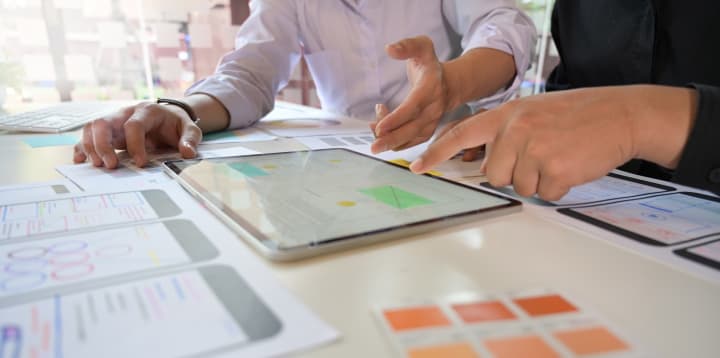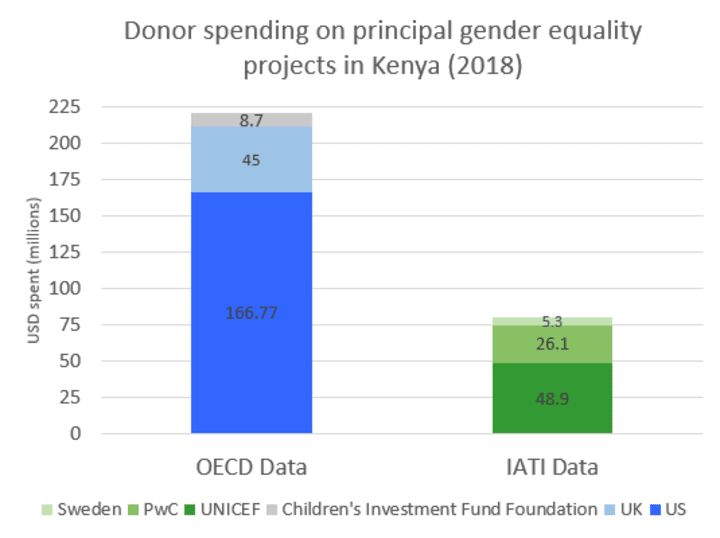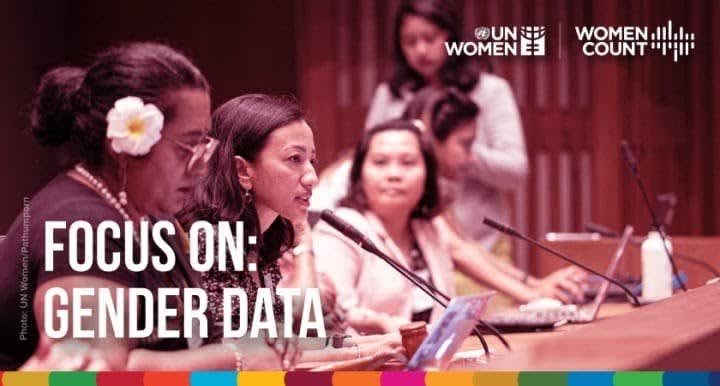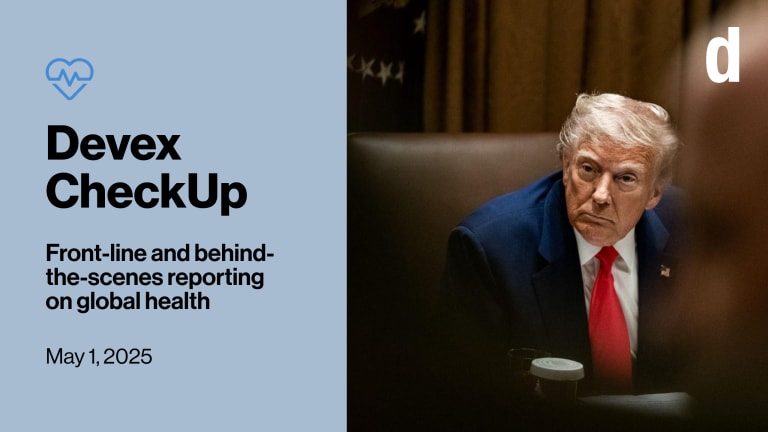
As the world grapples to learn as quickly as possible about COVID-19 and its impacts on people, there’s one very clear trend emerging: Gender matters.
Men in China were more likely to die of the virus, likely due to higher smoking rates. The amount of domestic violence reported by women sharply increased, due to social isolation within the home. Women and girls are disproportionately impacted by school closures, given that they are responsible for the majority of caregiving responsibilities.
Countries like the United States are also starting to consider their role in helping other countries, especially low-income countries with weak health and social protection systems, to control and respond to the pandemic.
As part of a bigger package aimed at helping our own nation respond, Congress approved over $1 billion in funding to support other countries. In order for these funds to be spent effectively — as with all foreign assistance — Congress, the U.S. Agency for International Development, and the Trump Administration should be doing gender analysis to understand the situation and then track how funds are spent, as well as the results of supported projects. Unfortunately, this is unlikely to happen.
For all the latest news, jobs, funding opportunities — including remote work and social distancing resources.
Currently, there is no way to know what the U.S. government is spending on foreign assistance to promote gender equality because there is no consistent and accurate way for donors to “tag” funds dedicated to gender. The U.S-based Friends of Publish What You Fund and its sister organization, Publish What You Fund — both of which campaign for aid transparency — along with Plan International USA and Save the Children USA, are launching a new project to tackle this complex problem.
The gender aid data gap problem
When it comes to gender equality, the situation with coronavirus is not unique. Evidence has shown us time and again that gender equality and girls’ rights are essential to realizing the Sustainable Development Goals and global peace and prosperity, yet gender equality continues to be grossly underfunded.
Despite much progress on increasing donor attention to gender equality objectives, there remains an urgent need for more funding for work that has gender equality as a significant focus and a better understanding how current funding for gender equality is spent. Policy commitments must be more than rhetoric and must be supported through transparent funding.
This recent report by the Organization of the Economic Co-operation and Development‘s Development Assistance Committee indicates that many donors report spending more aid on gender equality projects than ever before.
But we need better data on how much money is going toward these projects, what the projects’ objectives are, and whether these projects are successful in positively impacting women and girls’ lives and driving progress for sustainable, broad-based growth and development.
The absence of a central data platform
This is a challenging puzzle to piece together. The first hurdle is the lack of a central platform for donors to publish their gender-financing data. Two of the most popular sources of open aid data are OECD’s DAC and the International Aid Transparency Initiative.
On the positive side, DAC and IATI both allow publishers to use three comparable gender markers — 0, 1, or 2 — to indicate whether a project’s objectives are not at all, significantly, or principally related to gender.
This is part of the Focus on: Gender Data series
► Q&A: Gender data to drive several firsts for Kenya this year
► Gender data is moving forward — with a new set of challenges
These platforms establish a foundation for tracking funding flows for gender equality projects, but they are limited. DAC and IATI record different kinds of data, publish data at different times, and have some different organizations that publish to each, so users are left with incomparable, incomplete — and sometimes contradictory — datasets.
The chart below illustrates part of the problem. Although this reflects the same year for donor spending on principal gender equality projects in Kenya during 2018, the amounts and the top donors are significantly different when comparing data available from DAC and IATI.

The differences, in part, are due to the fact that many more organizations publish data to IATI, but it also is apparent that donors and organizations do not always utilize both the DAC and the IATI markers and may not apply them in the same way.
Further, the recent Oxfam report “Are They Really Gender Equality Projects?” suggests that the way in which various donors use the OECD policy markers is uneven and fails to follow the guidance for utilizing them.
Lack of data on project objectives
The second hurdle is getting clarity on what the various gender equality projects are trying to achieve. The OECD and IATI databases often lack important information, such as project objectives, project documents, and project results.
While DAC does require its donors to submit the project title as well as a short and a long project description of the projects they funded, not all publishers submit the same level of detail.
Similarly, on IATI, the amount and quality of information submitted by stakeholders differ widely per project. Without understanding what gender equality projects are meant to achieve, and whether they are actually achieving it, it is very challenging to know whether resources are being put to the best use, and whether they are helping us move toward achieving gender equality as embodied by SDG 5, and the broader 2030 Sustainable Development Agenda.
Project to address the gender aid data gap
Friends of Publish What You Fund and Publish What You Fund, with partners Plan International and Save the Children, are launching a new project, “Tracking Gender Aid Data for Better Gender Equality,” to drive progress on development and ensure that foreign aid helps women and girls.
The project’s purpose is three-fold: 1) determine how much is spent on gender equality and for what types of projects; 2) show what those programs are achieving; and 3) explore and identify ways to track gender equality projects in a more systematic way.
The findings of this new research, carried out in multiple countries, will inform our collective recommendations on how to improve the publication of gender-related financial and programmatic data.
Using the results of the project’s country studies, we hope to work with donors on how best to collect and publish their data so that we all can better understand ongoing efforts and gaps and work collectively to strengthen gender equality at the global level.
Keep an eye on this page to receive updates on the research and ways to get involved.
Ultimately, it is only when we can track and understand the investments made in gender equality projects that we can significantly improve the lives of girls everywhere.
Authors Tessie San Martin and Nora O’Connell serve as board members of Friends of Publish What You Fund. Plan International USA and Save the Children USA are providing financial support for this new initiative.
Devex, with support from our partner UN Women, is exploring how data is being used to inform policy and advocacy to advance gender equality. Gender data is crucial to make every woman and girl count. Visit the Focus on: Gender Data page for more. Disclaimer: The views in this article do not necessarily represent the views of UN Women.






